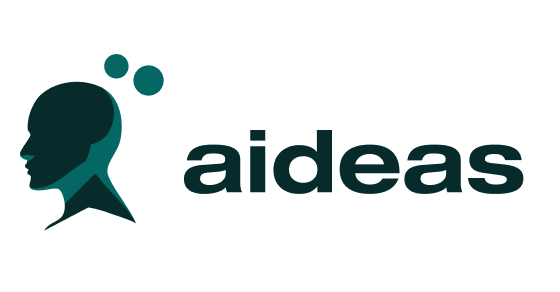Artificial intelligence holds the power to transform lives, businesses, and entire industries—but only if people can actually use it. In the early days of Aideas, I saw a massive gap between the promise of AI and the reality of who had access to it. Big tech companies and deep-pocketed enterprises had the tools and talent. Everyone else? Not so much.
That realization sparked a simple but powerful idea: What if AI could be made truly accessible—not just in theory, but in practice?
This blog explores how Aideas was built to eliminate the traditional barriers to AI adoption, and why that mission is more important now than ever.
Why AI Accessibility Matters
Let’s face it—AI can be intimidating. It’s wrapped in buzzwords, buried in complex models, and often requires a team of PhDs to deploy effectively. For most small businesses, nonprofits, educators, and even governments, the learning curve alone is a deal-breaker.
But here’s the truth: AI shouldn’t be a luxury. It should be a utility—something anyone can plug into to solve real problems, streamline workflows, or spark innovation.
Accessibility matters because:
- It levels the playing field between small organizations and tech giants.
- It enables diverse perspectives to shape how AI is used and why.
- It accelerates problem-solving at scale, especially in underserved communities and emerging markets.
Making AI accessible isn’t just good business—it’s a social and economic imperative.


How Aideas Simplifies AI Development
When we started building Aideas, we didn’t set out to create a tool for AI experts—we wanted to create a platform anyone could use to build, deploy, and benefit from intelligent systems.
Here’s how we approached it:
- No-code/low-code interface: We built visual tools that allow users to design AI agents without writing a single line of code.
- Pre-built agents: Ready-to-deploy agents for common use cases so users can get value immediately.
- Seamless integrations: Aideas connects with existing tools so users don’t have to overhaul their workflows.
- Transparent pricing: Our tiered model makes AI accessible at a fraction of the cost of traditional platforms.
- Ethical and secure by design: We embedded privacy, consent, and explainability into the platform from day one.
We didn’t just want people to use AI—we wanted them to trust it and understand it.
How Democratizing AI Fuels Innovation
The moment you put powerful tools in the hands of more people, amazing things start to happen.
We’ve seen educators use Aideas to build personalized learning assistants. Nonprofits deploy agents to connect vulnerable populations with critical resources. Entrepreneurs turn their niche expertise into scalable solutions using AI they built themselves.
That’s the magic of accessibility. It doesn’t just create efficiencies—it creates opportunities.
The ripple effect is real: more inclusive AI means more relevant solutions, more creative applications, and more voices shaping the future of tech.
Final Thoughts
At Aideas, we believe that AI belongs to everyone—not just the few who can afford it or understand the algorithms. Our mission has always been to break down the barriers that prevent people from using this transformative technology.
Because when AI is in more hands, more change is possible.

